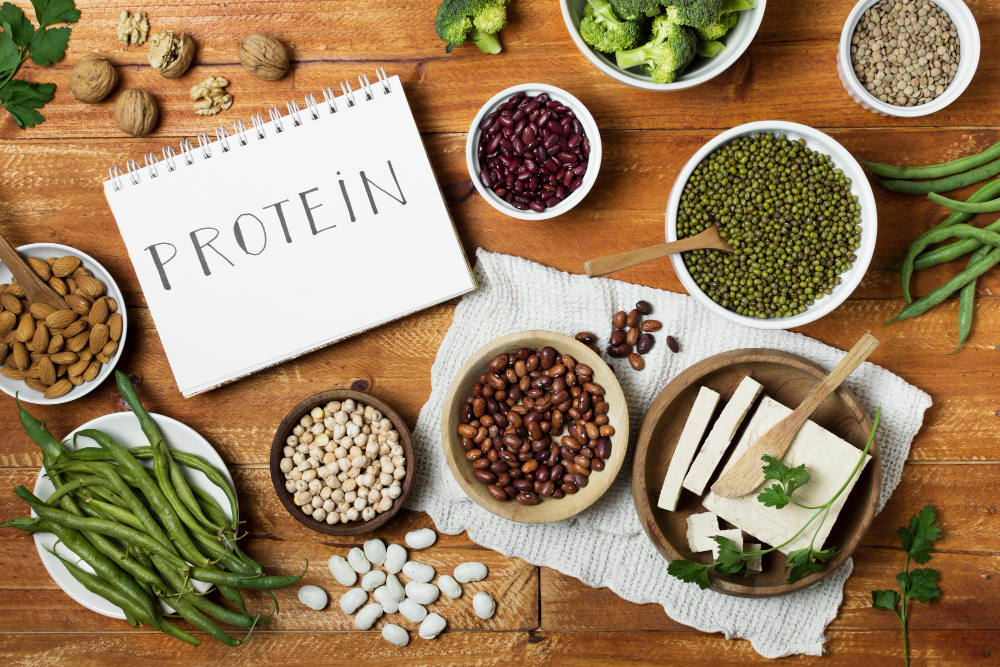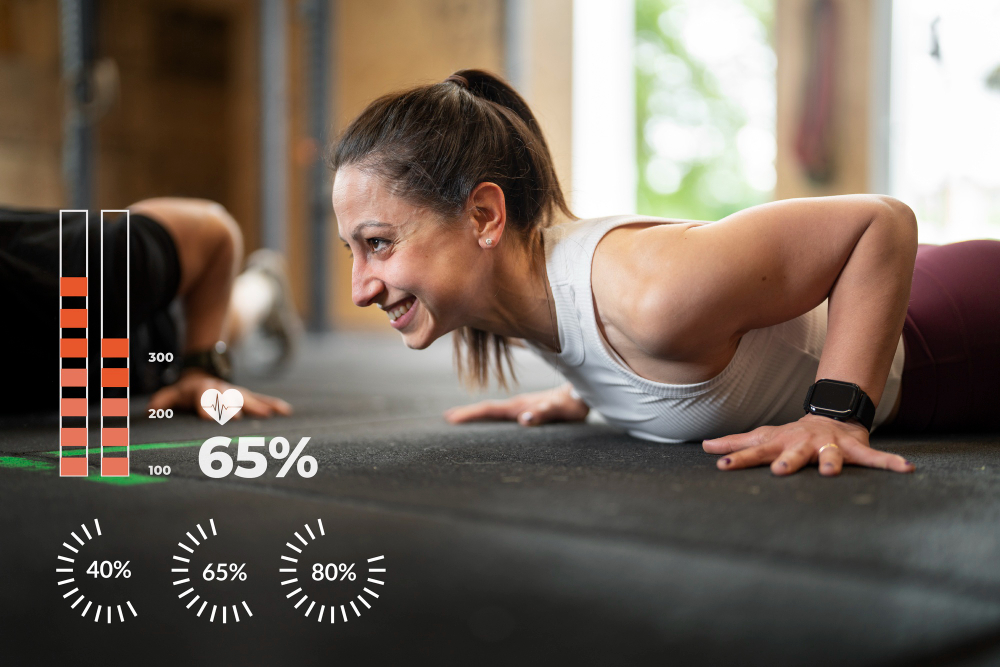
Functional Fitness Over Fancy Moves: What Really Keeps You Young
It’s easy to get caught up in the flashy side of fitness—acrobatic Instagram workouts, circus-style equipment, and moves designed more for the ‘Gram than real life. But when it comes to staying young, strong, and mobile as the years go by, one philosophy stands out: functional fitness.
Forget the six-pack obsession or trying to master a backflip. Functional fitness is about building the kind of strength, balance, and movement that keeps you thriving in your 40s, 50s, and beyond—without the injuries or burnout.
What Is Functional Fitness?
Functional fitness trains your body for real-world activities—picking up shopping bags, climbing stairs, playing with your kids, or getting off the floor without pain. It focuses on natural movement patterns like pushing, pulling, hinging, squatting, and rotating.
Unlike isolated strength training (like bicep curls or leg extensions), functional fitness mimics everyday motions and activates multiple muscle groups at once. Think kettlebell swings, resistance band work, bodyweight squats, or single-leg balance drills.
It’s not about complexity—it’s about purpose.
The Youthful Benefits
One of the biggest misconceptions in fitness is that looking fit equals being fit. But functional training digs deeper. Here’s what it really improves:
Mobility & Flexibility: It protects joints and preserves the fluid movement that tends to stiffen with age.
Balance & Coordination: Essential for preventing falls and maintaining confidence in everyday motion.
Core Stability: Strengthens deep core muscles, which support posture, spinal health, and injury prevention.
Real-World Strength: You get stronger in the ways that matter—lifting, twisting, bending, and reacting.
Longevity & Independence: Studies show functional training may improve overall healthspan—how long you stay active and independent as you age.
Ditch the Ego Lifting
Functional fitness isn’t glamorous. You won’t impress gym crowds with deep goblet squats or slow single-leg deadlifts. But you will impress your future self when you’re still hiking, dancing, and bending without a wince at 70.
That’s the point: building a body that works for life—not just for selfies.
Where to Start
You don’t need fancy equipment. Just a few basic tools—like resistance bands, dumbbells, or even a stability ball—are enough. Better yet, your body weight is often the best tool of all.
Some examples of functional exercises:
Farmer’s carries (carrying weight while walking)
Step-ups onto a bench or platform
Push-ups with a focus on core control
Bodyweight squats with reach or rotation
Bird dogs and planks for core control
Lunges with balance or added twists
Even 15–20 minutes a day can make a meaningful difference.
The Final Word
Functional fitness doesn’t trend on TikTok, but it wins in real life. It’s sustainable, smart, and scientifically backed to keep you youthful—not just in appearance, but in how you feel and move every single day.
In a world obsessed with performance and aesthetics, functional training is a quiet rebellion—a return to movement that actually matters.





